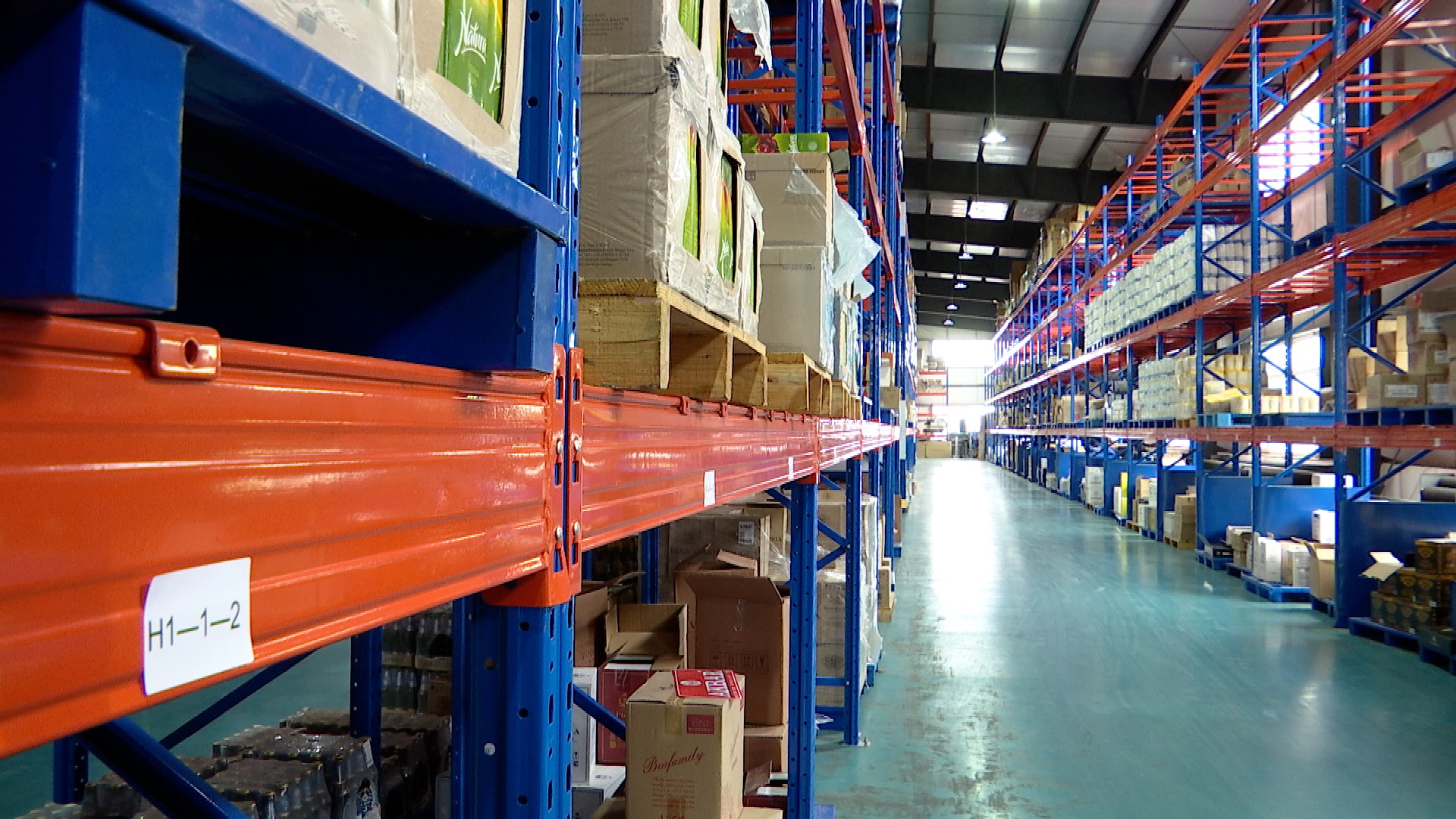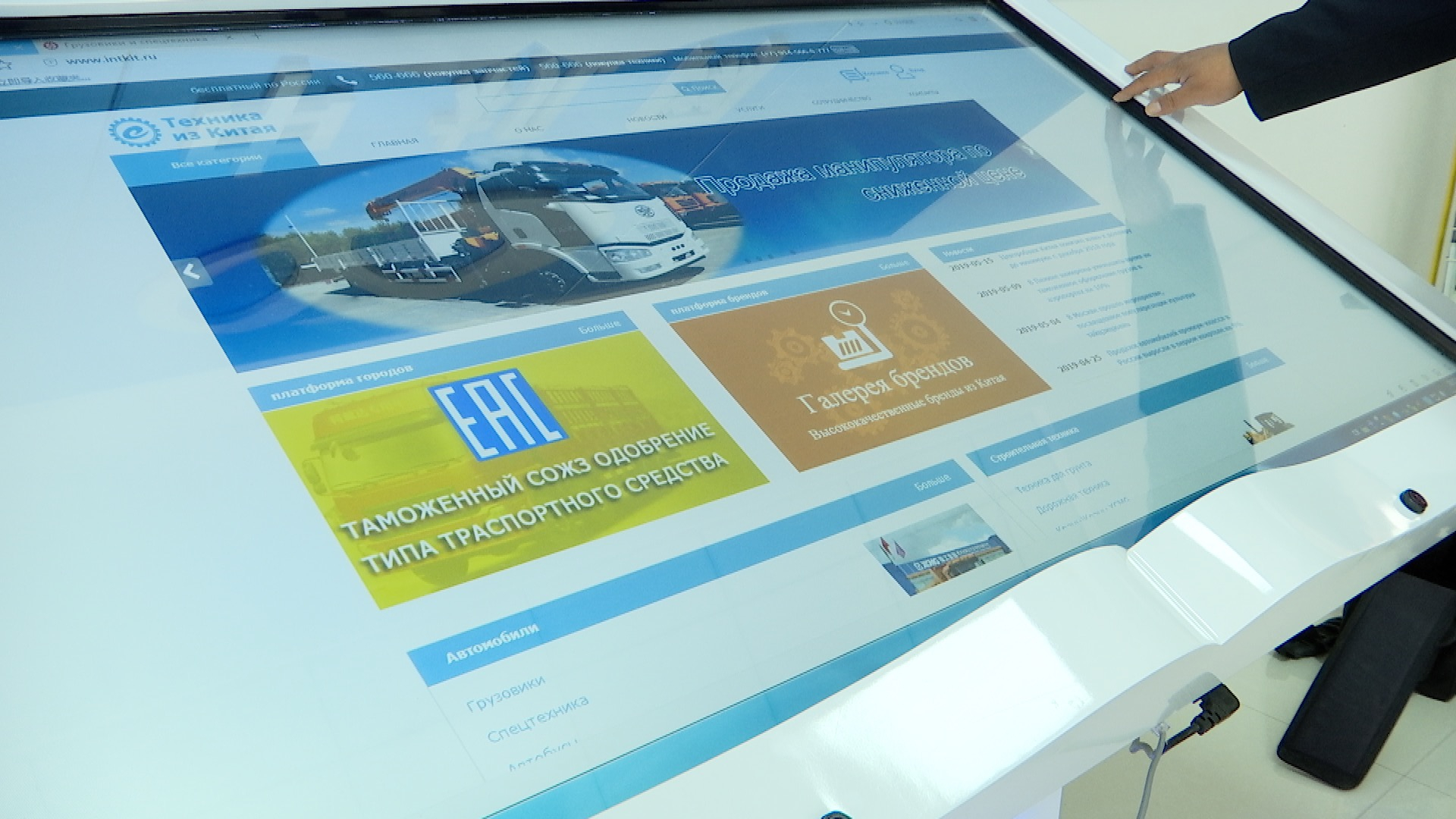
Money Stories
21:43, 02-Jun-2019
Cross-border e-commerce drives China-Russia bilateral trade
Feng Yilei, Wang Yao
03:16

Commercial exchanges between China and Russia in the northeastern Chinese border city of Heihe have long been seen as a reflection of bilateral trade ties.
Commerce has developed greatly, from bartering in the streets to widespread transactions in Russian grocery stores, and more recently, online. Chinese people can now satisfy their growing need for Russian produce by ordering on the internet and getting door-to-door delivery, thanks to booming e-commerce services. At goods provider Epinduo's store in Heihe, customers' strong shopping desire for Russian sweets and beverages suggests a prevailing fever for food from their northern neighbor that most buyers consider cheap, fresh and safe.
Wang Yao, one of the company's founders, said the weakening ruble and pursuit of better living have stimulated demand for Russian goods. The company has been operating not just offline stores but an online platform. "That allows Chinese buyers to directly get authentic products from Russian manufacturers, saving them the hassle of dealing with additional charges from the middlemen," Wang explained.

Imported Russian goods at Epinduo's warehouse in Heihe border economic zone. /CGTN Photo
Imported Russian goods at Epinduo's warehouse in Heihe border economic zone. /CGTN Photo
The manager said Epinduo had by the end of 2018 accumulated more than 1.5 million U.S. dollars in online sales revenues since it was established. In its warehouse in the Heihe border economic zone, workers have been busy distributing imported products to a wider market across China. And more than 100 e-commerce firms in the park have sold cumulatively over 400 million U.S. dollars worth of products, accounting for a considerable part of the city's economy.
Progress made on e-commerce trading platforms is reinvigorating Chinese exports to Russia's consumer market, after its long-term trade surplus with Russia was reversed, and the deficit ballooned

Intkit webpage in Russian showcases different kinds of made-in-China engineering vehicles for sale. /CGTN Photo
Intkit webpage in Russian showcases different kinds of made-in-China engineering vehicles for sale. /CGTN Photo
The developer of the biggest China-to-Russia electromechanical devices trading website Intkit is also located in Heihe. Five years ago, technological barriers and cultural differences hampered the company named Liyuanda when it first decided to transform from traditional car manufacturing and trading. But its efforts, from online marketing to developing a public e-commerce platform, have helped its business weather a market depression.
Song Xiaotao, chairman of the company, said the internet had increased its sales volume and categories during the hardest period, with online business accounting for over 80 percent of the total. "We managed to expand our market from the Russian Far East to Greater Europe. And the platform has boosted the general exports of Chinese engineering machines," Song added.
Meanwhile, the entrepreneur said the company now faces new challenges – namely, a funding gap of the technological upgrade, peer competition, and the fast-changing global business environment. But it's also getting support from local authorities, including infrastructure, consulting services and subsidies for logistics.

Heihe border economic cooperation zone. /CGTN Photo
Heihe border economic cooperation zone. /CGTN Photo
Zhang Bo, director of Heihe cross-border e-commerce industrial park, told CGTN that they have introduced a series of preferential policies which promote the participation of border area residents, as well as cooperation with third-party platforms, self-built platforms and SMEs. "The next step, we will take advantage of the new cross-border road bridge and free-trade zone to serve our e-commerce enterprises and take them global," said Zhang.
With e-commerce trade volume between China and Russia at a record high in the first three quarters of last year, the two countries signed a deal to further scale up and standardize the booming sector. Many industry insiders are confident they can take bilateral trade to new heights and complement each other's main industrial forms.

SITEMAP
Copyright © 2018 CGTN. Beijing ICP prepared NO.16065310-3
Copyright © 2018 CGTN. Beijing ICP prepared NO.16065310-3